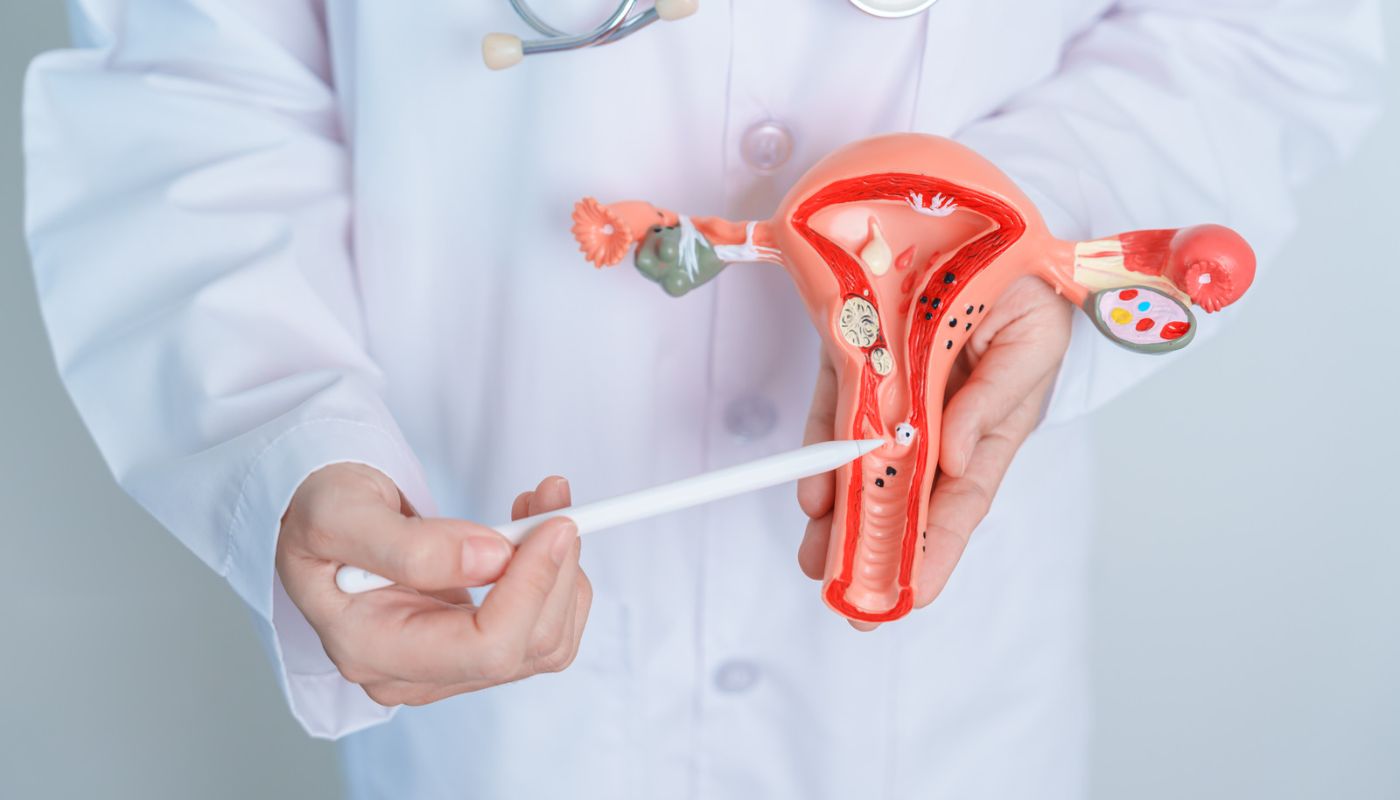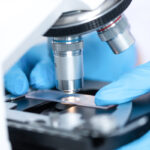Embryo Transfer in IVF

İçindekiler
ToggleIn IVF treatment, after the egg and sperm cells are fertilized using the classical IVF or microinjection method, a certain number of embryos are transferred to the mother’s uterus. This process is called embryo transfer. 12 days after the transfer, a blood pregnancy test is performed to determine whether the pregnancy has occurred.
When is embryo transfer performed?
Embryo transfer is performed 3 or 5 days after fertilization of the egg and sperm cell. After 3 days, embryos are usually in the form of 4-8 cells. In the 5th day transfer, the embryo is hollow. In this case, the embryo has become a blastocyst. In various cases, 5th day embryo transfer can be performed.
How long does the embryo transfer process take?
Embryo transfer is the shortest stage of IVF. It is completed in approximately 5 minutes. Anesthesia is not applied. However, the knowledge, experience and success rates of the specialist who will perform the transfer are very important. After the transfer, the patient rests for an hour or two and can then go home.
How is embryo transfer done?
In embryo transfer, the patient is laid on a gynecological examination table. Then, the necessary preparations are made and a speculum is placed. After the cervix is cleaned with special fluids, the embryos brought by the embryologist are transferred into the uterus through a thin catheter. As the number of embryos transferred increases, the risk of multiple pregnancy increases. For this reason, there are legal restrictions on the number of embryo transfers. For women under the age of 35 and who have had their first two IVF attempts, only one embryo transfer is allowed. In other cases, only 2 embryos are allowed to be transferred.
Embryo freezing and frozen embryo transfer
Only one embryo is allowed to be transferred from the embryo transfer. Therefore, good quality embryos may remain. These remaining embryos can be frozen and stored for future use. In this way, if IVF treatment needs to be applied again, the treatment can be carried out without the development of the ovaries and the egg collection stage.
When and on which day after embryo transfer should a pregnancy test be performed?
A pregnancy test is performed 12 days after the embryo transfer. In IVF treatment, the pregnancy test is a routine blood pregnancy test performed in every health center. For this reason, the couple does not need to go to the IVF center. The test can also be performed at health centers or other health institutions.
When is an ultrasound performed?
If pregnancy is detected in the pregnancy test, an ultrasound is performed 2 weeks after the test. At the time the pregnancy test is performed, the gestational sac is still too small to be seen on ultrasound. For this reason, ultrasound checks are performed 2 weeks later.
Is bleeding, discharge and pain normal after embryo transfer?
After embryo transfer, the woman may experience light spotting. This bleeding will stop on its own. However, if the bleeding is excessive, a specialist should definitely be consulted. In addition, mild groin and back pain may also occur. However, in these cases, no painkillers or medications should be used without the doctor’s advice and knowledge.
Is sexual intercourse prohibited after embryo transfer?
After embryo transfer, sexual intercourse may be prohibited for the couple due to various conditions. The doctor will give the most appropriate advice for the couple on this subject. If pregnancy is determined 12 days after the transfer and the pregnancy is not risky, sexual intercourse is allowed. However, in cases where the pregnancy is risky, the couple may be advised not to have sexual intercourse.
How to calculate gestational age after embryo transfer?
In order to calculate the gestational week, the weeks must be counted from the date of embryo transfer. Then, 2 weeks are added to the result. In this way, the estimated gestational week can be calculated.
What should be done and taken into consideration after embryo transfer?
- The expectant mother should stay away from environments where she will be under intense stress.
- Exercise and sports should be postponed until the pregnancy test.
- Plenty of rest should be taken, walks should be taken in nature, and appropriate activities should be carried out to keep the expectant mother calm and not get stressed.
- After the transfer, you should not take a bath, but a shower. Showers should be taken while standing. Otherwise, there may be a risk of infection.
- The expectant mother should not be in environments where she may catch an infection.
- Intercity trips can be made, but long journeys are not recommended as they will tire the expectant mother.






